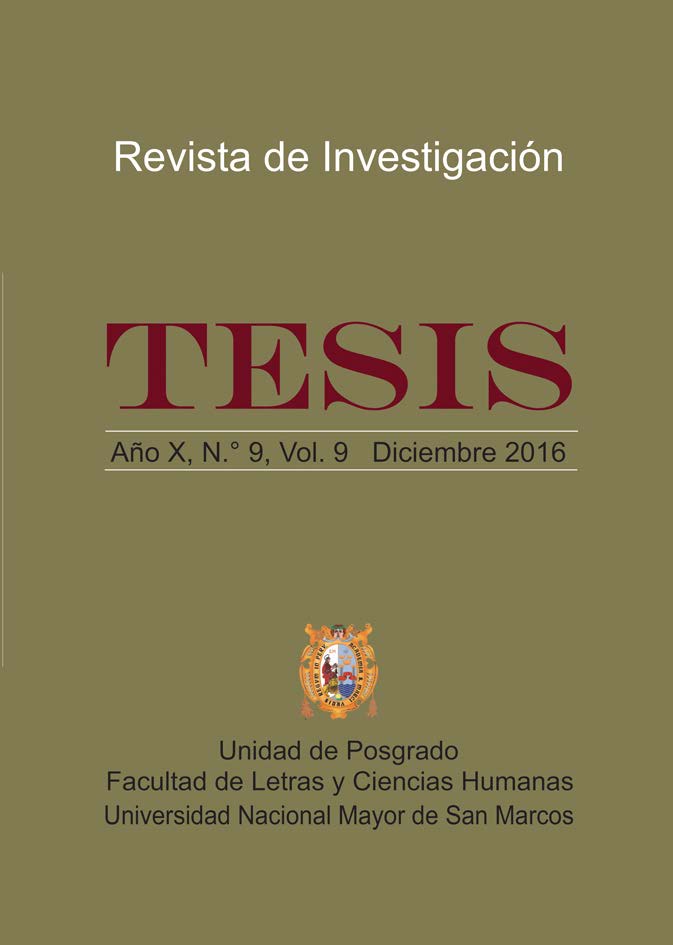Use of third person atonic pronouns in the oral Spanish of Pucallpa
DOI:
https://doi.org/10.15381/tesis.v9i9.23510Keywords:
unstressed pronouns, direct object, indirect object, Spanish of PucallpaAbstract
Nouns, noun phrases and subordinate clauses that function syntactically as direct and indirect objects may be represented in Spanish by the unstressed third person pronouns le, lo and la. These pronouns are used differently in the oral Spanish of Pucallpa depending on whether the speaker is of Shipibo origins, is Andean, or is a native Spanish speaker. The speaker’s educational level also typically plays a part in pronoun use. The speakers with higher education use the pronominal forms for syntactic functions in ways closest to the norm, while those with only primary or secondary school use the forms in ways farthest from the norm. The omission of pronouns was found to be a recurring phenomenon in the Spanish of speakers of all educational levels. Those who also speak Shipibo omitted the most pronouns, followed by those of Andean origin, followed by those whose mother tongue is the Spanish of Pucallpa.
References
Aitchison, Jean. (1993). El cambio en las lenguas: ¿Progreso o decadencia? Barcelona: Editorial Arial.
Espinosa de Rivero, Oscar. (2009). “Ciudad e identidad cultural. ¿Cómo se relacionan con lo urbano los indígenas amazónicos peruanos en el siglo XXI? Bulletin de l’Institut Français d’Études Andines / 38 (1): 47-59. Recuperado de http://www.ifeanet.org/publicaciones/boletines/38%281%29/47.pdf
López Morales, Humberto. (1990). La sociolingüística actual. En Moreno, F. (ed.). Estudios sobre variación lingüística. (pp.79-88). Alcalá de Henares: Universidad de Alcalá de Henares.
Real Academia Española (RAE). (2010). Nueva gramática de la lengua española. Madrid: Espasa Libros, S.L.
Downloads
Published
Issue
Section
License
Copyright (c) 2016 Jacqueline Delicia Britto La Torre

This work is licensed under a Creative Commons Attribution 4.0 International License.
THE AUTHORS RETAIN THEIR RIGHTS:
(a) The authors retain their trademark and patent rights, and also on any process or procedure described in the article.
(b) The authors retain the right to share, copy, distribute, execute and publicly communicate the article published in Tesis (Lima) (in example, depositing the article in an institutional repository or publish it in a book), with recognition of its initial publication in the Tesis (Lima).
(c) The authors retain the right to make a later publication of their work, to use the article or any part of it (for example: a compilation of their works, notes for conferences, thesis, or for a book), provided that they indicate the source of publication (authors of the work, magazine, volume, number and date).






